To identify ripstop fabric, check for its unique grid pattern. You'll see thicker threads woven at regular intervals, usually around 5 mm to 8 mm apart. This grid not only adds a distinctive look but also enhances tear resistance. Feel the fabric; it should have a sturdy texture due to those larger threads. Typically lightweight, ripstop usually weighs about 1.7 oz per square yard, making it ideal for various applications. Remember, these visual and tactile cues are key. If you're curious about more details and techniques, there's plenty more useful information out there waiting for you.
Understanding Ripstop Fabric
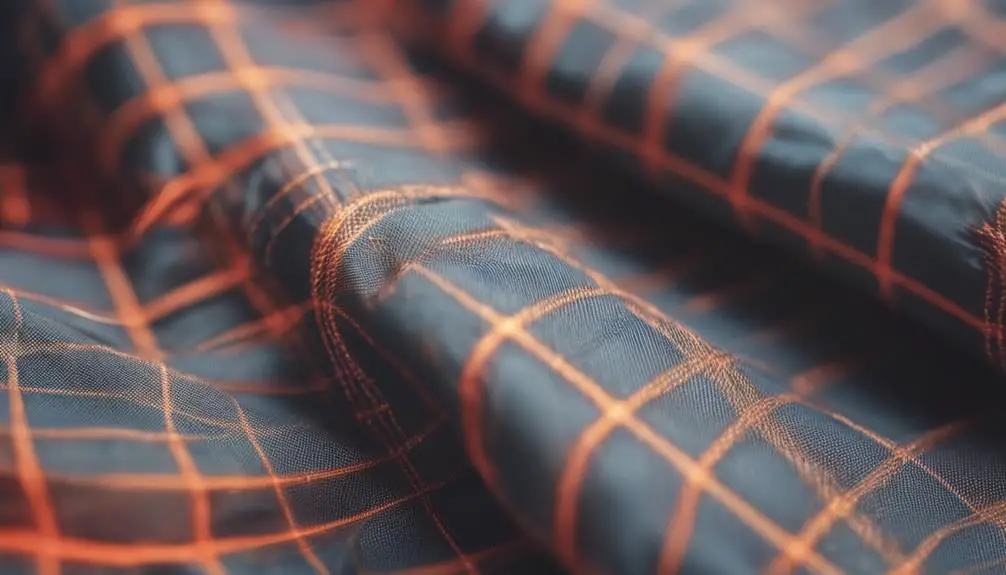
Ripstop fabric is a highly durable material that stands out due to its distinct grid pattern. This pattern is created by thicker reinforcement threads woven at regular intervals, typically 5 mm to 8 mm apart. This unique construction greatly enhances the fabric's tear resistance, making it ideal for various applications. You'll often find ripstop fabric made from materials like nylon, polyester, cotton, or polypropylene, with blends that improve strength and colorfastness.
When you're trying to identify ripstop fabric, look closely for that signature square pattern. True ripstop features larger threads interspersed throughout, allowing you to differentiate it from standard fabrics that lack this reinforcement structure. While a casual glance might not reveal it, a detailed inspection will show the grid pattern and thicker threads, confirming you're dealing with authentic ripstop.
Weighing around 1.7 oz per square yard, ripstop is lightweight yet robust, making it perfect for outdoor gear, tents, and backpacks. Understanding these characteristics will help you recognize ripstop fabric effectively, ensuring you choose durable materials for your projects.
Historical Background
Developing ripstop fabric during World War II marked a significant advancement in textile technology, aimed at enhancing the durability of parachutes. This innovation emerged from the need for materials that could withstand harsh conditions without failing. The distinctive grid pattern of ripstop fabric, created by thicker reinforcement yarns woven at regular intervals, plays a vital role in its strength. This design helps prevent tearing from spreading, making it ideal for military applications.
In 1962, DuPont patented this groundbreaking fabric, paving the way for its broader use. By the 1980s, ripstop fabric found its place in military apparel, including Battle Dress Uniforms (BDUs), thanks to its lightweight nature and exceptional strength. As time went on, the materials evolved, incorporating various synthetic fibers to enhance properties like water resistance and breathability, catering to diverse needs.
Today, ripstop fabric is a staple in demanding environments, from outdoor gear to tactical clothing. Its unique weaving technique has guaranteed its longevity and adaptability, making it an essential choice for anyone seeking durability and reliability in their gear. Understanding this historical background gives you insight into why ripstop fabric remains a popular choice today.
Key Characteristics
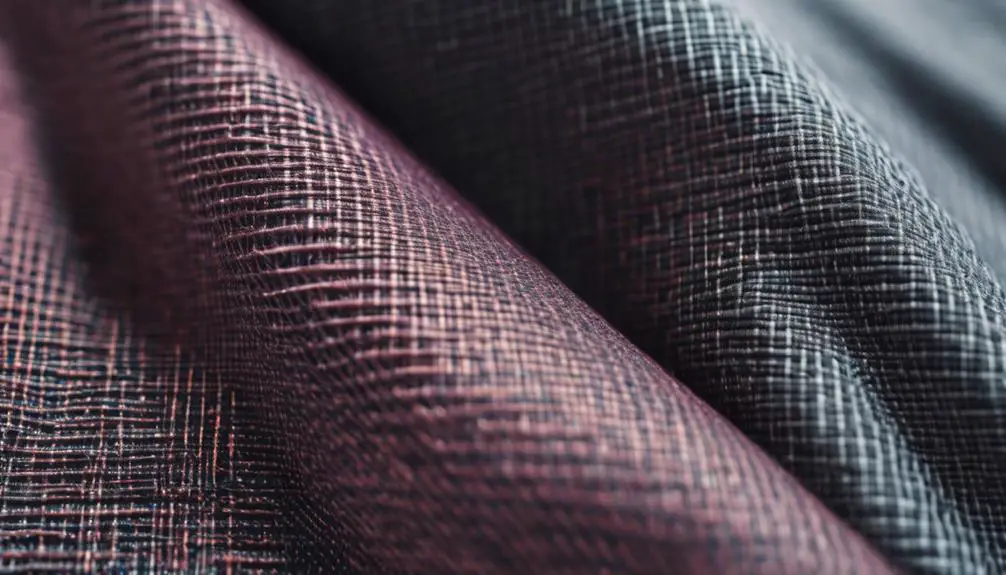
How can you easily spot ripstop fabric? The first thing you'll notice is its distinctive grid pattern. This pattern is created by thicker reinforcement threads woven at regular intervals, typically spaced between 5 mm and 8 mm apart. This unique weaving technique not only enhances the fabric's appearance but also contributes to its strength.
When you handle ripstop fabric, you'll feel its lightweight nature, usually around 1.7 oz per square yard, without compromising durability. True ripstop features larger threads woven periodically, making it resistant to tearing and fraying.
For a closer inspection, consider using a microscope to examine the fabric's weave. You'll see the uniform spacing and crisp lines that define authentic ripstop fabric. However, visual inspection alone may not suffice. You'll want to feel the texture and assess the overall durability of the fabric to confirm it's genuine ripstop.
Structural Composition
When examining the structural composition of ripstop fabric, you'll notice its unique blend of horizontal and vertical planes woven in a plain weave pattern. This design isn't just for aesthetics; it considerably enhances the fabric's durability and tear resistance. The hallmark of true ripstop lies in the thicker reinforcement threads, which are interspersed throughout the weave at regular intervals, typically ranging from 5 mm to 8 mm apart. These larger threads act as barriers, preventing small tears from spreading and ensuring the material remains intact even under stress.
Most ripstop fabrics are made from nylon, which contributes to their lightweight feel—usually around 1.7 oz per square yard—while still providing robust strength. When you take a closer look, especially under a microscope, you'll see the crisp lines and uniform spacing that set ripstop apart from other fabric types. This structural composition not only makes ripstop ideal for various applications, such as outdoor gear and apparel, but it also gives you confidence in its performance. Understanding this composition is key to identifying ripstop and appreciating its practical benefits.
Visual Identification Techniques
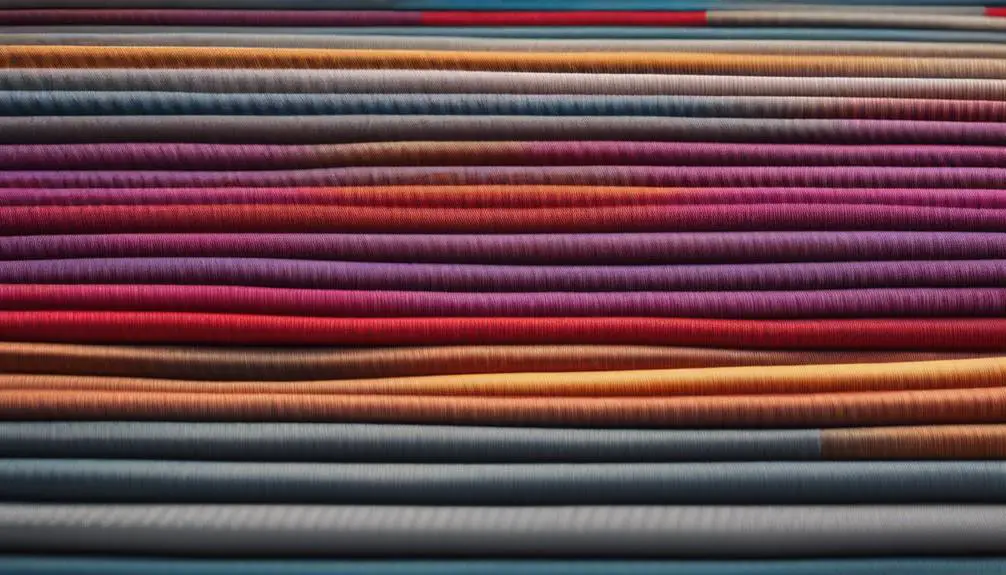
Identifying ripstop fabric visually can be straightforward if you know what to look for. This unique material features a distinct grid pattern created by thicker reinforcement threads interwoven at regular intervals. Here are three key visual inspection techniques to help you identify ripstop fabric:
- Look for the Grid Pattern: Examine the surface for a consistent square pattern formed by the thicker threads. This grid is a hallmark of ripstop fabric, contrasting with smoother textiles.
- Check for Crisp Edges: Under closer inspection, you'll notice crisp lines and uniform spacing between the threads. These characteristics are indicative of a true ripstop weave.
- Assess the Texture: Run your fingers across the fabric. You should feel the differences in texture due to the larger threads that provide enhanced strength and tear resistance.
While visual inspection is essential, remember that a tactile assessment of the fabric's texture and weight is equally important for accurate identification. By combining these techniques, you'll confidently recognize ripstop fabric in no time.
Weight Considerations
Choosing the right weight of ripstop fabric is essential for its intended application. The weight of ripstop nylon can greatly affect how well it performs in different scenarios. Common weights range from 1.1 oz to 1.9 oz per square yard, so you'll want to match the fabric's weight to your specific needs.
If you're into ultralight outdoor gear, lightweight ripstop fabrics around 1.1 oz are ideal for items like tarps and backpacks. They're easy to carry and help minimize your pack's overall weight. However, if durability is your priority, especially for tactical gear, consider heavier options starting at 1.7 oz. These materials provide better tear resistance, ensuring they can withstand rough conditions.
Sil nylon, weighing around 1.1 oz, is popular for lightweight tarps due to its waterproof properties. On the other hand, PU-coated nylon, while heavier, offers superior durability, making it a better choice for demanding applications despite the extra weight. Always weigh your options carefully to strike the right balance between weight and durability for your specific project.
Common Applications

Ripstop fabric showcases its versatility across various applications, making it a go-to material for many. Its durability and tear resistance make it an ideal choice for a range of uses, especially in outdoor gear and military applications. Here are three common applications where you'll find ripstop fabrics:
- Military Gear: You'll often see ripstop in uniforms and tactical gear. Its strength guarantees that soldiers have reliable clothing that can withstand tough conditions.
- Outdoor Gear: When you're hiking or camping, you'll appreciate ripstop in backpacks, tents, and sleeping bags. The lightweight yet robust quality makes these items easy to carry while enduring rugged environments.
- Aerospace Applications: Ripstop is also a favorite for kites and parachutes. The fabric's tear-resistant properties are vital for safety and performance when you're soaring through the skies.
Beyond these, ripstop is increasingly used in industrial settings for tarps and banners, where its enhanced strength-to-weight ratio is beneficial. With so many applications, it's clear why ripstop fabrics are so popular in various industries!
Alternatives to Ripstop
When exploring options for durable fabrics, several alternatives to ripstop can meet your needs effectively. Twill weaves, for instance, offer different structural characteristics and durability, making them suitable for various applications where ripstop might not be ideal. If you're looking for something lightweight, consider polyester taffeta. This fabric is durable and works well for specific uses that don't require the unique properties of ripstop.
Another option is antistatic fabrics, which can be designed to mimic ripstop by integrating carbon fibers. These fabrics provide both durability and static protection, particularly in sensitive environments. If you're in need of a lightweight tarp, sil nylon is often preferred due to its slippery and waterproof nature, although it doesn't match the tear-resistant properties of ripstop.
Lastly, if you require a more robust material, PU coated nylon could be a great choice. While it is heavier, it offers greater durability than sil nylon, making it a viable alternative for demanding applications. By understanding these alternatives, you'll be better equipped to choose the right fabric for your project.
DIY Treatments and Modifications
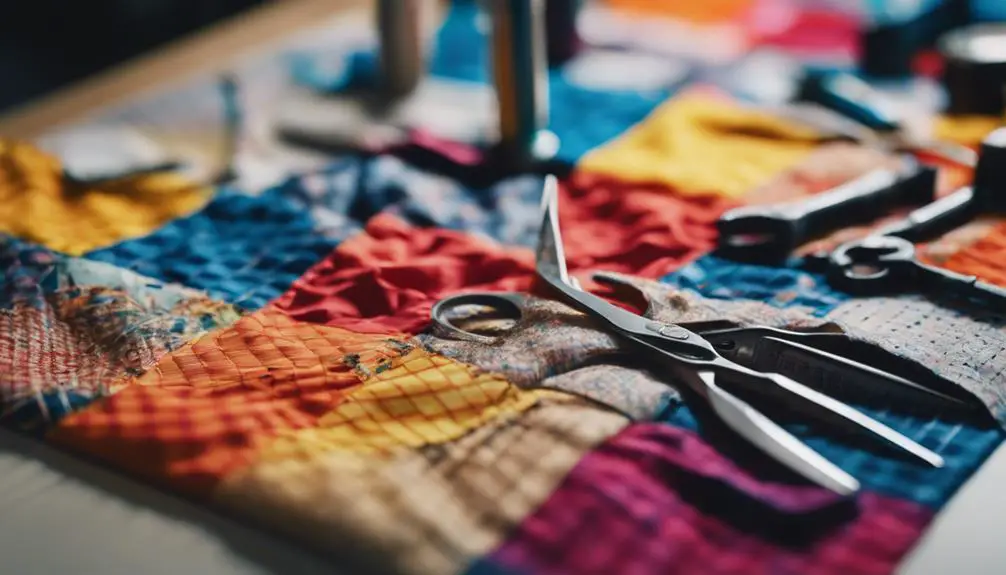
If you're contemplating enhancing your ripstop fabric, DIY treatments and modifications can greatly improve its functionality. While pre-treated options are available, applying your own treatments can be rewarding. Here are a few methods to ponder:
- Waterproofing Sprays: Use silicone or waterproofing sprays to boost water resistance. Keep in mind that these treatments can be time-consuming, often requiring multiple applications for effectiveness.
- Sewing Techniques: When modifying ripstop fabric, use appropriate sewing techniques to preserve the integrity of the fabric. Pay special attention to the reinforced grid pattern, ensuring you don't compromise the strength provided by the reinforcement threads.
- Practice First: Before diving into a larger project, practice on inexpensive ripstop remnants. This helps you build confidence and familiarity with the fabric's handling characteristics, ultimately leading to better results.
Engaging with online communities can also provide valuable insights and experiences regarding effective DIY treatments and modifications specific to ripstop fabric. By taking these steps, you'll enhance both the durability and performance of your projects.
Community Resources and Support
Finding community resources and support can greatly enhance your understanding of ripstop fabric. Online forums dedicated to sewing and DIY projects are goldmines for information. You'll find discussions where members share photos, tips, and insights on identifying ripstop fabric through visual inspections.
Many community resources provide tutorials and guides that explain ripstop's distinctive grid pattern and durability. These resources can help you recognize the fabric quickly and accurately. Joining local sewing clubs or workshops can offer hands-on experiences, allowing you to learn directly from experienced sewists who can demonstrate how to identify ripstop fabric in person.
Don't forget about social media groups focused on outdoor gear and sewing projects. These groups frequently share personal experiences and insights related to identifying and using ripstop materials effectively. They can be a great way to connect with others who share your interests.
Lastly, websites and blogs dedicated to tactical gear often compile lists of recommended ripstop fabric suppliers. This makes it easier for you to source quality materials for your projects, ensuring you have the right tools to work with ripstop effectively.
Frequently Asked Questions
How Do You Identify Ripstop Fabric?
To identify ripstop fabric, you'll want to look for a textured appearance with thicker threads woven at intervals. Feel the fabric's weight, and inspect closely for those reinforcing threads that enhance durability.
What Are the Characteristics of Ripstop?
Ripstop fabric's characterized by a unique grid pattern, lightweight feel, and durability. You'll find it made from nylon, polyester, or cotton blends, which resist tearing and fraying, making it perfect for various applications.
What Does Ripstop Look Like?
Ripstop fabric typically features a distinctive grid pattern, with thicker threads woven at intervals. It's lightweight, often appearing smooth and crisp, making it visually recognizable compared to other materials. Look closely to appreciate its unique texture.
What Does Ripstop Fabric Feel Like?
Ripstop fabric feels lightweight yet sturdy in your hands. You'll notice a slightly textured surface, thanks to the thicker threads. It balances softness and firmness, making it comfortable for wear while resisting tearing during use.
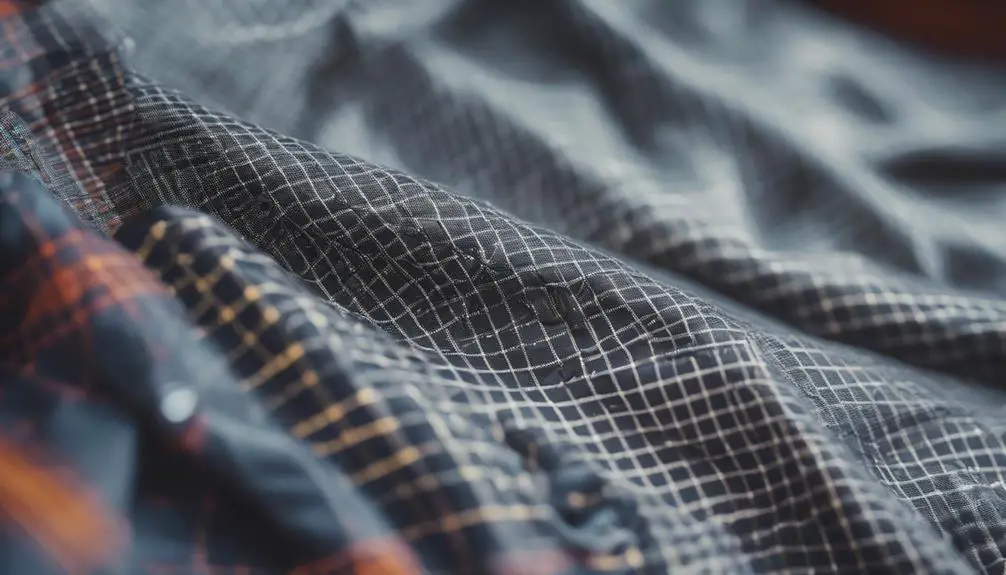


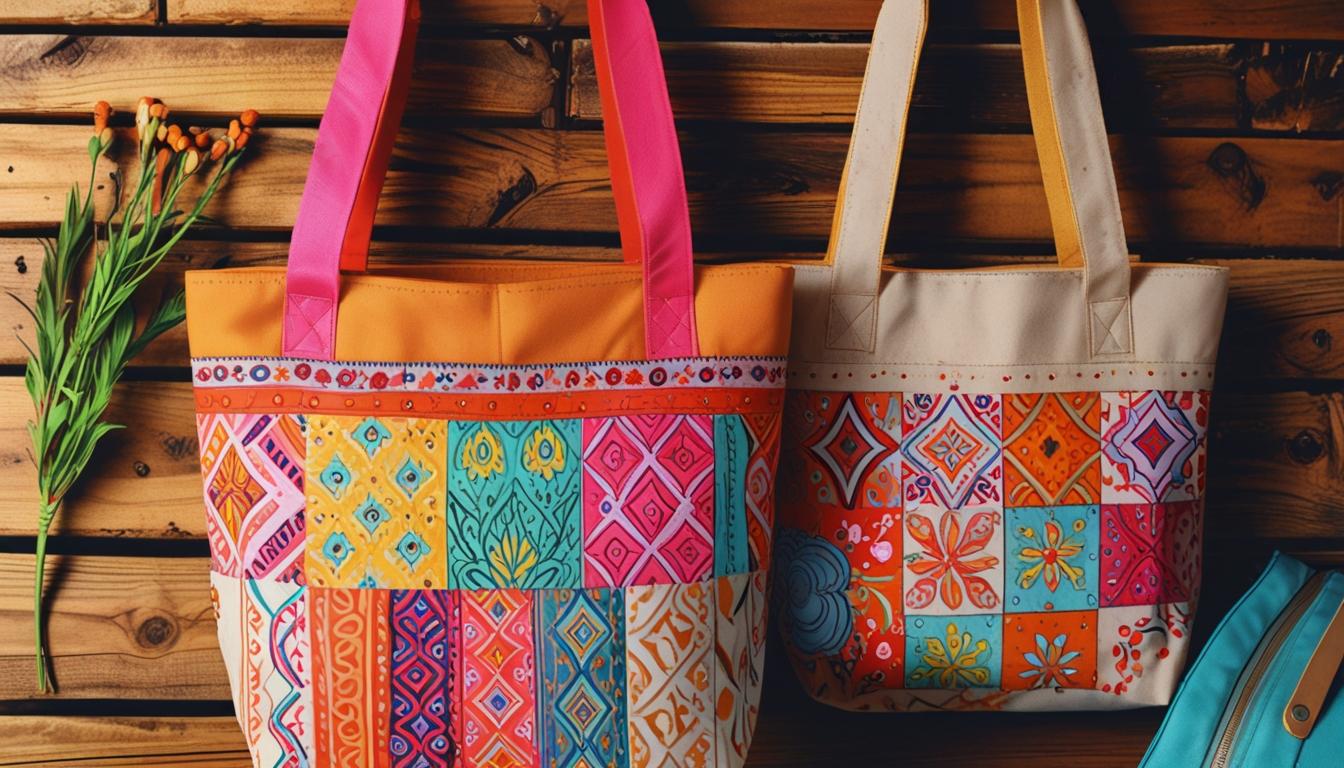

Can you be more specific about the content of your article? After reading it, I still have some doubts. Hope you can help me.